Ryan Koopmans and Alice Wexell are the creative duo behind The Wild Within — a lens-based art project that reimagines real-world ruins through a surreal, digitally-enhanced perspective. Blending photography, architecture, 3D design, and storytelling, their work explores themes of decay, regeneration, and the passage of time. What begins as a raw photograph of an abandoned building transforms into a meditative visual loop, where nature overtakes structure and reality blurs into imagination.
In this interview, Ryan shares the origins of their collaboration, the conceptual and technical evolution of The Wild Within, and what it takes to document disappearing spaces across the globe. From digital foliage to dynamic works inscribed on Bitcoin, their art lives at the edge of possibility, where past, present, and future converge.
.avif)
Note: This interview was edited for length and clarity.
OpenSea: Let’s start from the beginning! Can you tell us about your early exposure to art and photography? What first drew you to that medium?
Ryan Koopmans: Yes! I initially planned to be an architect. I was an undergraduate in Vancouver preparing for graduate school in architecture. But while building my portfolio, my dad gave me a camera, a common story for many photographers. I started taking pictures and quickly realized the camera was a tool that gave me access to different subcultures and sociopolitical situations around the world. The immediacy of creating an image and concept with a camera, versus the much slower process of architectural projects, really appealed to me.
So I switched paths and moved to New York to study for an MFA in photography, video, and related media. It was a multidisciplinary approach, and I think of it now as lens-based art rather than strictly photography. I worked for years as a documentary photographer and photojournalist, covering stories in Eastern Europe and the Middle East.
Eventually, I found the purely photojournalistic image creatively limiting. You're not meant to alter the image. But with the rise of new tools and rapid technological change, there was more creative potential. That led to my partner Alice and me revisiting some old images I took in a town in Georgia—the country—and expanding on the concept of overgrowth and the passage of time. We began incorporating 3D foliage to blend reality with imaginative elements.
Alice studied in Sweden at Lund University and Hyper Island. We have worked together since we first met in 2011, combining our skills and interests on a range of visual projects around the world.
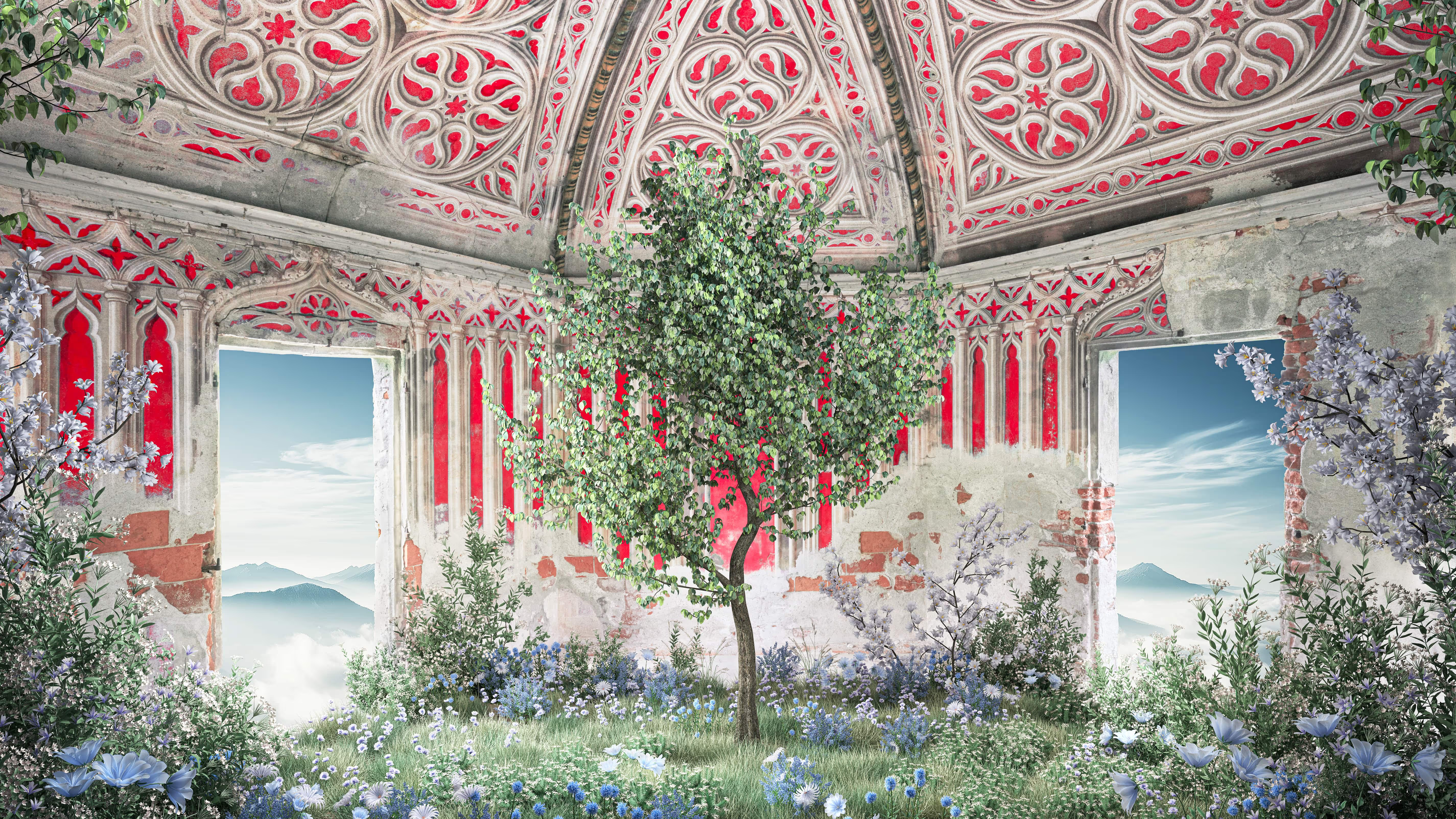
OpenSea: That’s really cool. I didn’t realize you studied architecture originally. So, what drew you to web3? Was it the technology?
Ryan Koopmans: Yes it was. Coming from digital photography, it's a medium closely tied to technological advancement, from black-and-white to color to digital. So staying curious about new tech was always important to me.
Web3 felt like a natural extension. The ideas of digital ownership and authorship were profound. In digital photography, once your images are out there in the world, there's no real tie to the creator: no ownership, no collectibility. Web3 solves this. Alice and I dove into the ecosystem in late 2020, spoke to many other artists, and found the community and culture really exciting and enjoyable. There’s this daily creativity and concentration of like-minded people, both online and IRL at events. That combination of tech and culture is what’s kept me around.
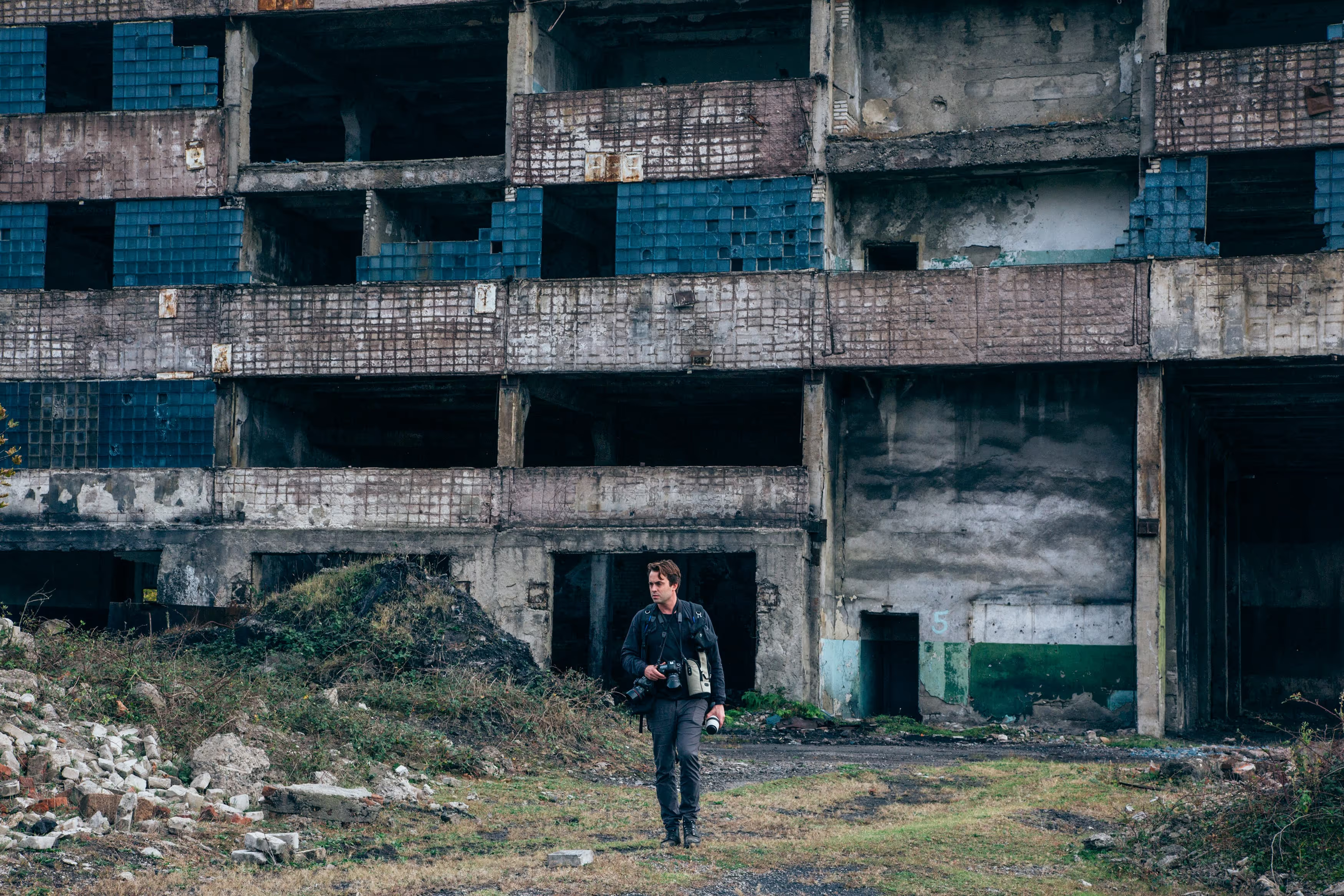
OpenSea: You’ve traveled and worked in many parts of the world. How has global urbanization influenced your work?
Ryan Koopmans: My early work focused on megacities and large urban developments, especially how they incorporate nature in controlled, ornamental ways, such as flower boulevards, artificial lakes, and symbolic mechanical trees. Cities in China or Kazakhstan were big sources of inspiration to create this body of work.
With The Wild Within, it's the inverse: nature overtaking architecture. It’s still about the relationship between the two, but now nature has the upper hand. I’ve always been drawn to places undergoing rapid social, political, or cultural change: where you often find abandoned buildings due to civil conflict, economic collapse, or transitions like the fall of the USSR. These layered realities are just as important to me as the structures themselves.

OpenSea: For The Wild Within, it’s focused in Georgia. What initially led you there?
Ryan Koopmans: The first chapter was all created in a town called Tskaltubo, in western Georgia. Since then, the project has expanded to other former Soviet countries, parts of Europe, and more recently the Middle East. I started documenting Tskaltubo in 2015. It was once a Soviet-era health resort due to its mineral-rich water, with dozens of sanatoriums in a small area built in various architectural styles.
After the Soviet Union collapsed in 1992, the town was abandoned. Then, during conflict in the nearby region of Abkhazia, displaced people were temporarily relocated in these buildings. Over 30 years later, many were still living there without electricity or running water in these grand, decaying spaces. I began documenting that, and the architectural diversity of such a concentrated space was really striking.
OpenSea: And how did you decide what surreal nature to add digitally?
Ryan Koopmans: When you're there, you see moss creeping through cracks, dripping water, humidity. But the photos didn’t fully convey that. So we decided to visualize it more deeply with digital foliage, creating a hyper-realistic aesthetic where you can’t immediately tell what’s real or not.
We like to invert assumptions: the architecture is real but looks surreal, while the foliage is fake but mimics nature. We also use symbolic elements, for example, in one piece we used only medicinal plants because the building was once a psychiatric facility. That layering allows us to create deeper meaning in each piece.
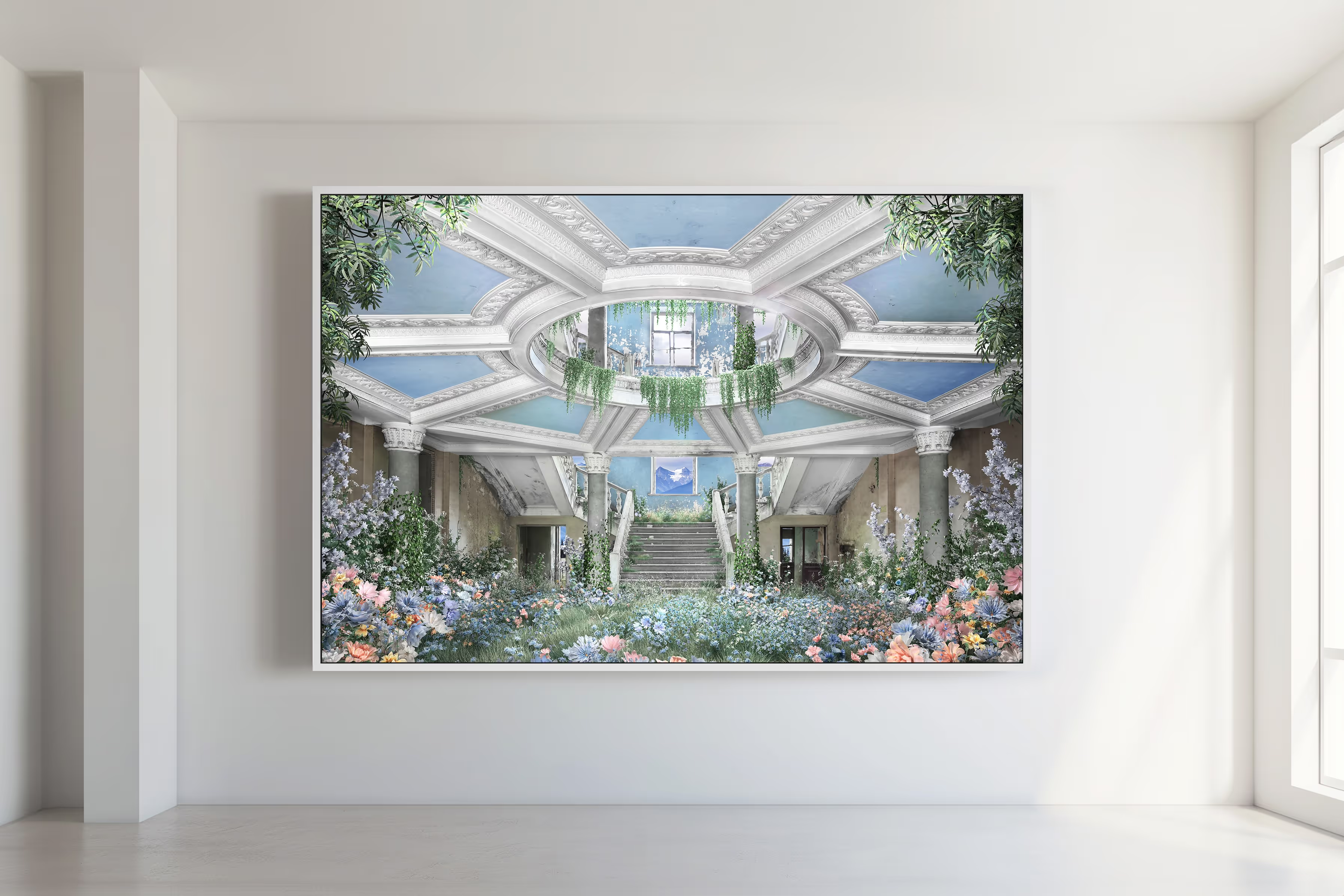
OpenSea: One of my favorite aspects of the 'Ascend' piece is the day/night shift based on the real time in Georgia. How did that come about?
Ryan Koopmans: ‘Ascend’ was the only digital work in Christie’s Post-War and Contemporary Art auction. Therefore we wanted to embrace the capabilities of digital art. It was inscribed on Bitcoin using recursion, referencing the Bitcoin clock. The work automatically changes from day to night depending on the time in Georgia.
That kind of dynamic feature is something traditional mediums can’t do. It connects with the themes in our work: growth, cycles, life and death, day and night.
OpenSea: There’s a striking tension in your work—between the decay of architecture and the vitality of nature. How do you think about that contrast, both metaphorically and visually?
Ryan Koopmans: We aim to suspend the viewer in a moment, especially with the animations. It’s a loop, neither past nor present, where nature is reclaiming the architecture. In real-life, the buildings continue to deteriorate even after we’ve photographed them. So minting them onchain becomes a way to capture and preserve a specific moment in time, even as both the structure and our techniques evolve over time.
OpenSea: When it comes to the symbolism in your work—like the choice of specific plants or the time-of-day shifts—do you hope viewers notice those details, or is it more about the overall feeling the piece evokes?
Ryan Koopmans: The Easter eggs are there, but we don’t expect everyone to catch them. The intention comes through in the work as a whole. Over time, as people learn more about the concept and process, they may form stronger connections. Often the most immediate connection some have is through place, someone recognizing a city or country that holds personal meaning.
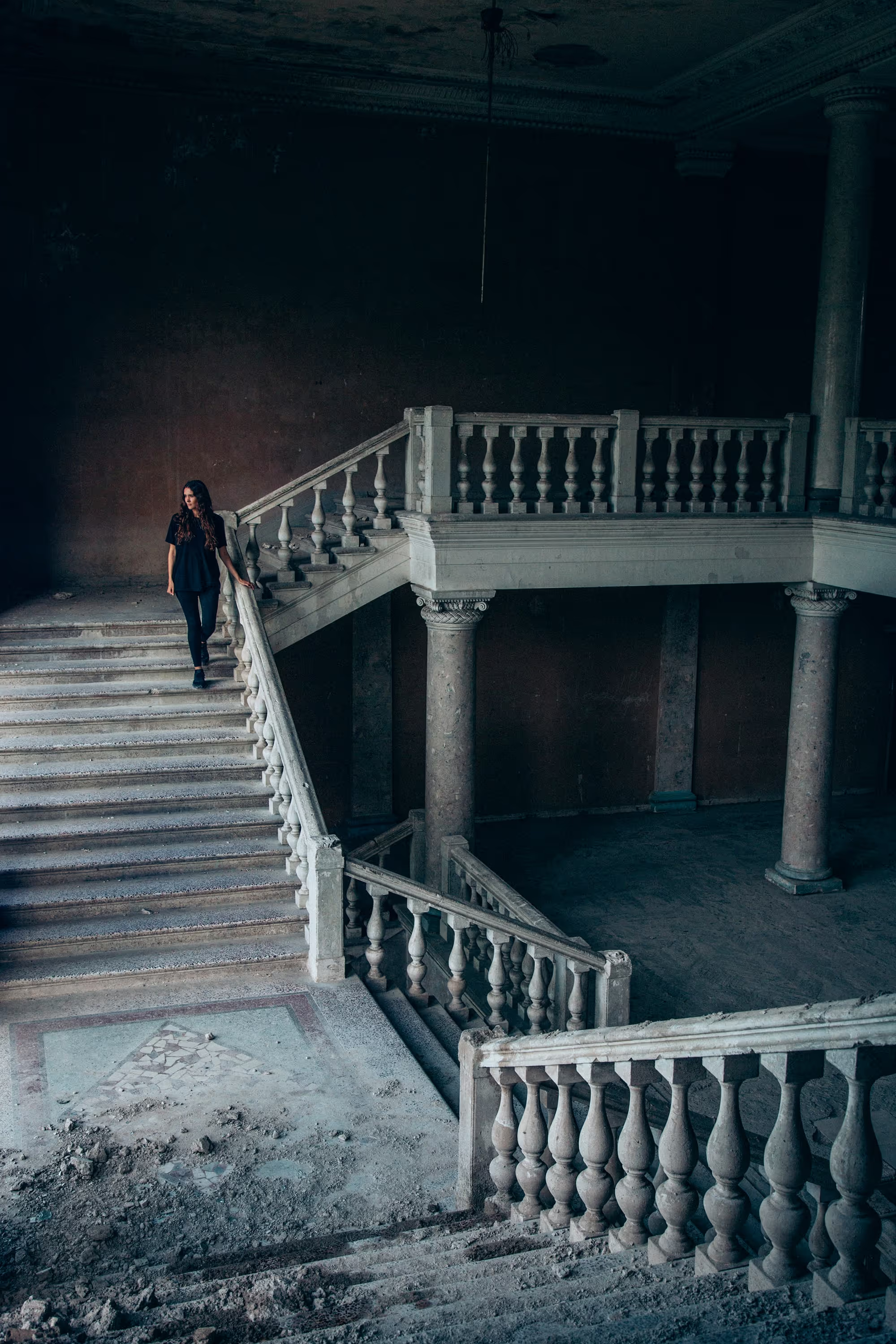
OpenSea: What kinds of challenges come with working in these abandoned places—whether it’s finding them, gaining access, or managing all the equipment you bring with you?
Ryan Koopmans: First, finding them involves a lot of research and geolocation. Sometimes you go expecting something and find something totally different, or nothing at all. Access can be difficult. In one case, we had to wait days in a town for an elderly lady with the key to return, as she was the only person who had access to this old abandoned castle that we wanted to document.Then there’s the unpredictability, for example, an old building had been unexpectedly demolished when we came back to photograph it a week later.
We bring multiple cameras, drones, tripods, and specialty lenses. It’s a balance between staying light and being prepared. Some shoots involve full photogrammetry, which is labor-intensive and gear-heavy. For our shoots, there’s a lot of climbing, hiking, crawling. it's very physical.
OpenSea: Do you and Alice usually travel together for shoots? How do you split the creative work between you?
Ryan Koopmans: Most of the time, yes. Occasionally I’ll go alone if it’s somewhere I have experience or access is easier solo. But we do everything together. She shoots, I do 3D, and vice versa. Our backgrounds are different, hers in coding and post-production, mine in photography, but we've overlapped completely over time. We’ve worked together since 2011, long before web3.
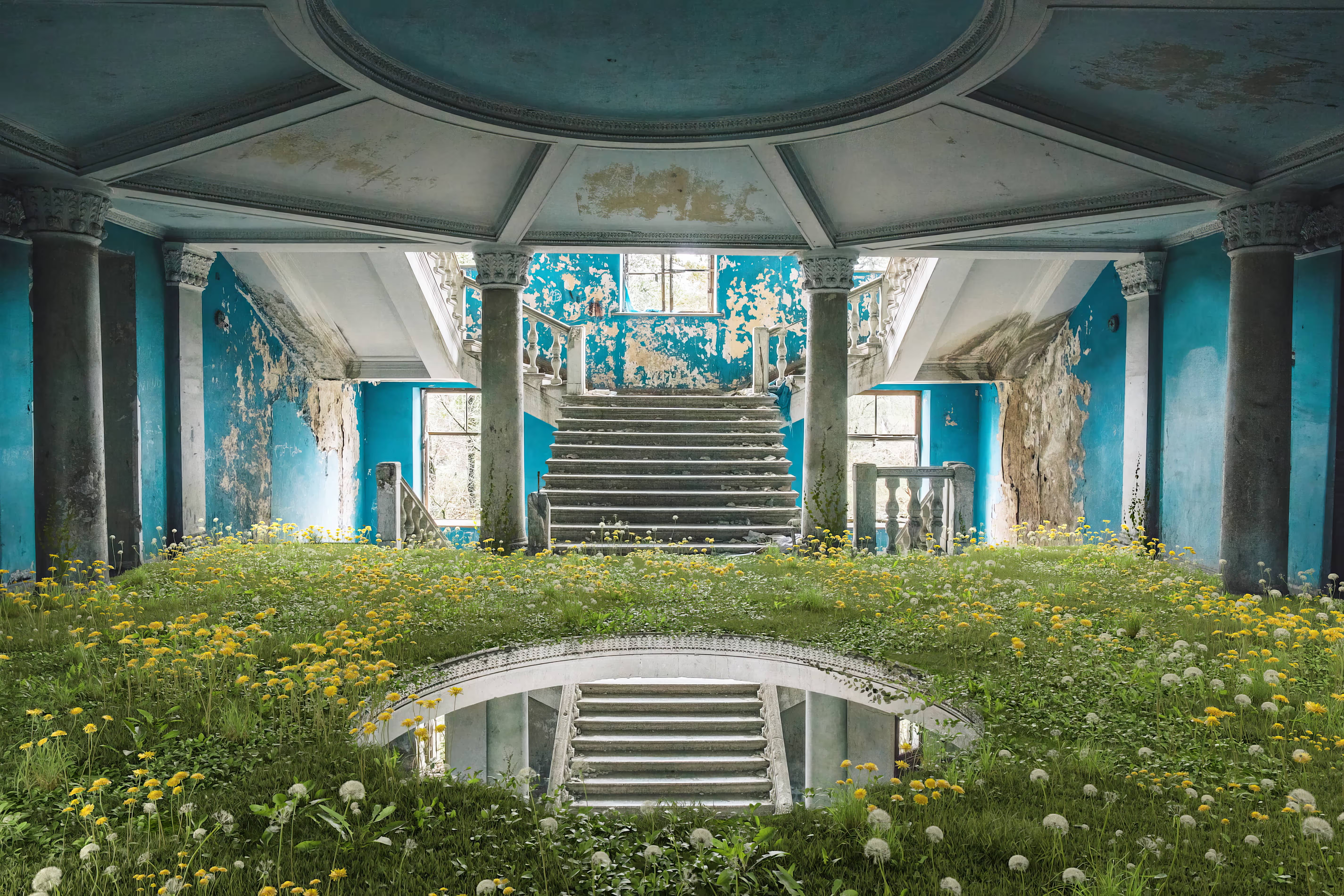
OpenSea: Is there a particular piece that holds the most meaning to you both?
Ryan Koopmans: Each piece is significant because they all take so much time and labor. But certain milestones stand out. For example, our Genesis piece 'Hollow,' or the recent 'Ascend' piece in the Christie’s auction, which was the first inscribed-on-Bitcoin artwork in a live sale. That brought attention not just to our work, but to Tskaltubo. It absolutely has contributed to more global awareness of that part of Georgia and has increased their tourism industry.
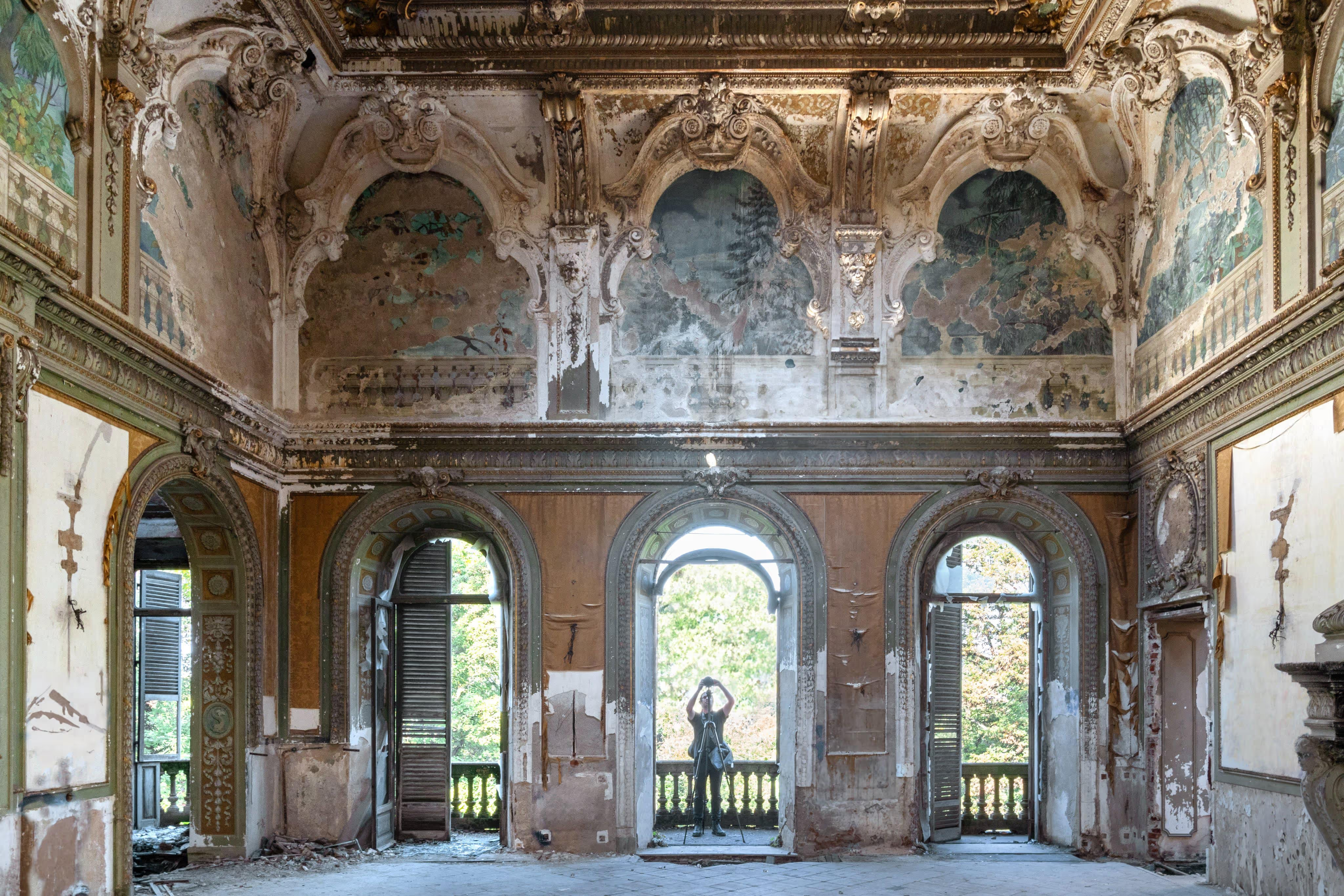
OpenSea: Are there other locations you plan to include in The Wild Within?
Ryan Koopmans: Definitely. We have a solo show coming up in November focused on the Middle East and Caucasus: Turkey, Armenia, Azerbaijan, Saudi Arabia, UAE, Lebanon. It's a long-term project, and as technology evolves, so might the form of the work. We’ll keep exploring globally while staying open to new tools and mediums.
OpenSea: That sounds like an incredible region to explore. Where will the solo show be?
Ryan Koopmans: It’s in Dubai at Leila Heller Gallery, one of the largest galleries in the Middle East. It’s a massive space, and we’re preparing a crossover exhibition with large prints and screens, all digitally native work. It’s been in the works for over two and a half years.
OpenSea: That’s very impressive. The dedication and detail you both bring to the work is amazing.
Ryan Koopmans: Thank you! I think it’s about obsession and persistence and a true love for what you do.
OpenSea: As we wrap up, how are you feeling about where the space is today—and your place within it?
Ryan Koopmans: Just that I’m very grateful and genuinely enjoying being part of this ecosystem. Platforms like OpenSea have played a huge role in keeping it alive, and I’m thankful to be able to do what I love, and plan to continue doing it for the rest of my life.
OpenSea: Well, thank you for your time! I can’t wait to see where you and Alice take The Wild Within next.
Ryan Koopmans: Thank you, Hannah.




.avif)
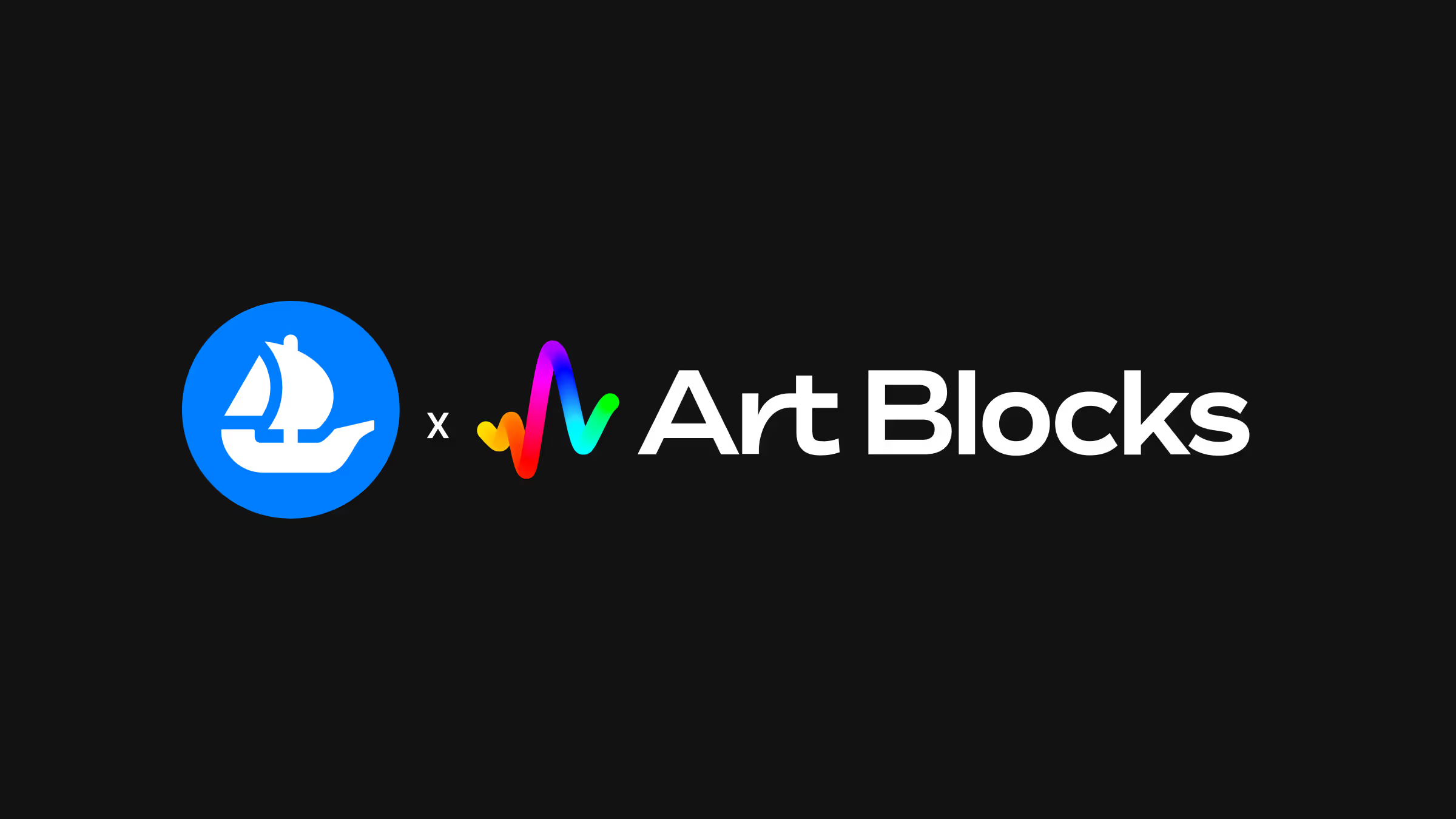
.png)
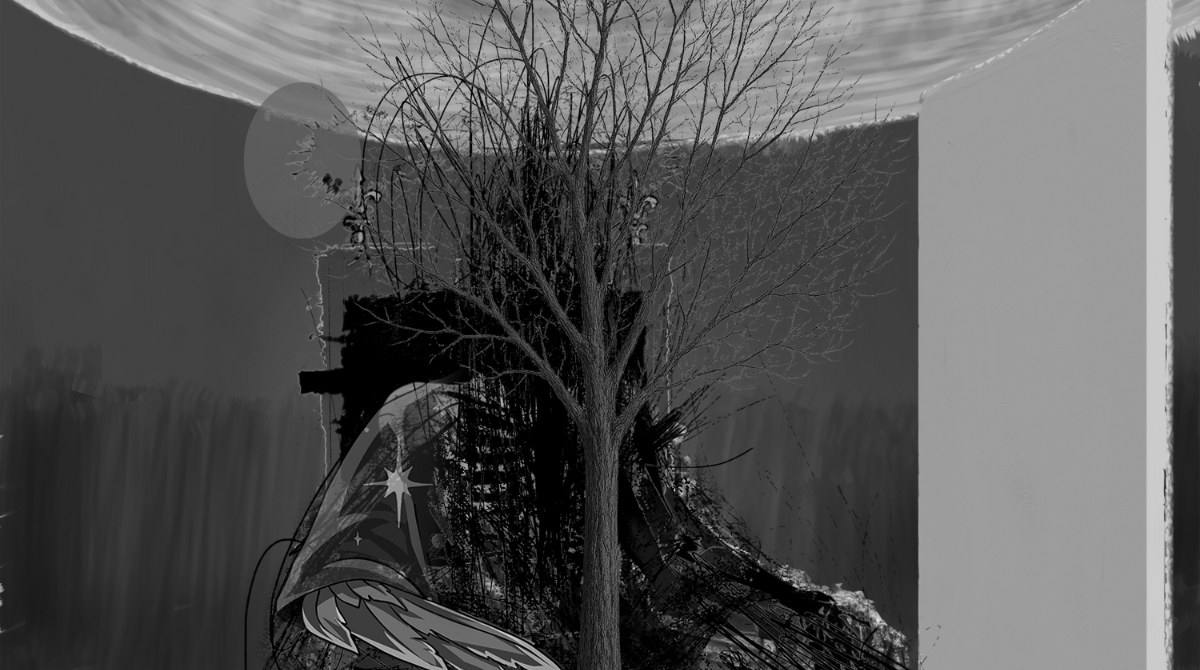

.png)

.png)
.png)
.png)